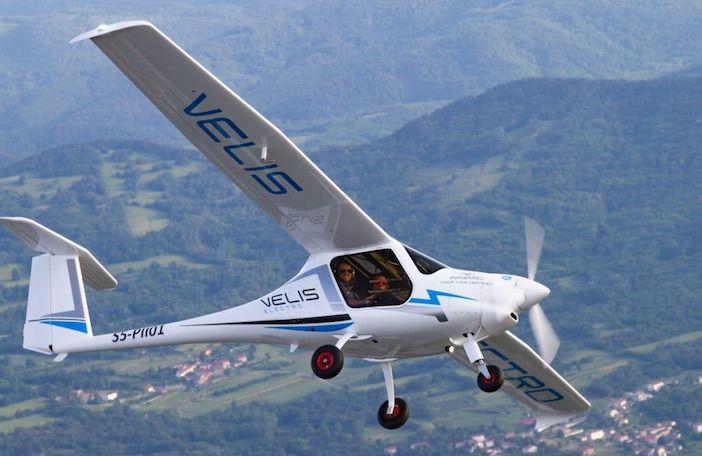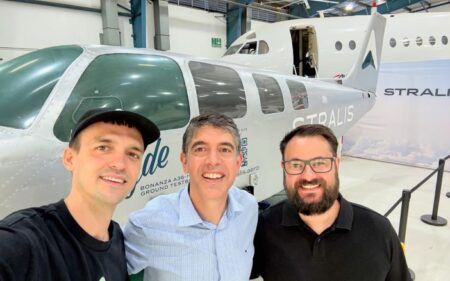The European Union Aviation Safety Agency has awarded the first type certification for a fully electric aircraft in the world to the the Pipistrel Velis Electro.
Heralding the certification as an exciting breakthrough, EASA’s executive director Patrick Ky said, “This is the first electric aircraft EASA has certified but it will certainly not be the last, as the aviation industry pursues new technologies to reduce noise and emissions and to improve the sustainability of aviation.”
The Velis Electro is a two-seater aircraft intended primarily for pilot training. Slovenia-based Pipistrel is a leading small aircraft designer and manufacturer, specialised in energy-efficient and affordable high-performance aircraft. The Velis Electro joins a product line-up of similar, but conventionally powered, aircraft.
The certification was completed in less than three years with close cooperation between Pipistrel and EASA. The project also brought important learnings that will support future certifications of electrically powered engines and aircraft, said EASA.
The aircraft is powered by the first certified electrical engine, the E-811-268MVLC, certified by EASA for Pipistrel on May 18, 2020.
“The type certification of the Pipistrel Velis Electro is the first step towards the commercial use of electric aircraft, which is needed to make emission-free aviation feasible. It is considerably quieter than other aeroplanes and produces no combustion gases at all,” said Ivo Boscarol, founder and CEO of Pipistrel Aircraft. “It provides optimism, also to other electric aircraft designers, that the type certification of electric engines and aeroplanes is possible.”
The certification project developed in two streams, firstly the typical certification activities related to the aircraft and in parallel a coordinated flight test program using a fleet of (non-certified) Alpha-Electros under EASA permit to fly.
Having the ability to operate a similar aircraft meant the EASA team, which included members from the launch National Aviation Authorities, France’s DGAC FR and Switzerland’s FOCA, had access to operational data necessary for the certification activity, while highlighting the operational needs to enable electric aviation.
Dominique Roland, head of the general aviation department at EASA said, “The type certification of this aircraft marks a significant dual milestone. On May 18, 2020 we type certified its engine as the first electric engine – now we have followed up with the first type certification of a plane flying that engine.
“This was a truly ground-breaking project which has yielded many learnings for the future certification of electric engines and aircraft, undoubtedly a growth area in coming years in line with the aims of environmental protection.”





